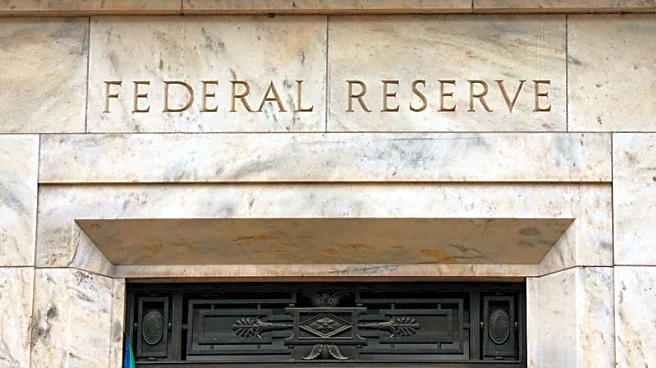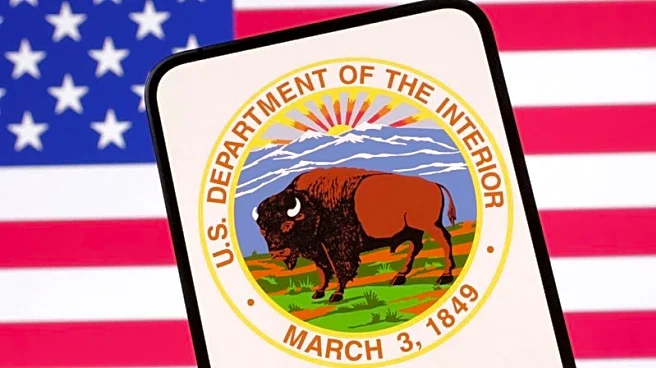What's Happening?
The White House has instructed the National Park Service to revise signage at national park sites that may 'inappropriately disparage' historical figures. This directive includes sites like George Washington's house in Philadelphia, where he owned slaves. The move aims to address concerns about how historical narratives are presented in public spaces. The National Park Service has been given a deadline to comply with these changes, reflecting a broader effort to manage how history is interpreted and displayed in national parks.
Why It's Important?
This initiative is significant as it touches on the ongoing debate about how history, particularly concerning figures who were involved in slavery or other controversial actions, should be represented in public spaces. The decision could impact how visitors perceive historical figures and events, potentially altering educational narratives and public understanding. It also raises questions about historical accuracy versus sensitivity, and how to balance these in educational contexts. The move may influence similar actions in other historical and cultural institutions across the country.
What's Next?
The National Park Service will need to assess and potentially alter numerous signs and exhibits across the country. This process may involve consultations with historians, cultural experts, and community stakeholders to ensure that the revised narratives are both accurate and respectful. The changes could spark public debate and discussions about historical representation, potentially leading to further policy adjustments or educational initiatives.












